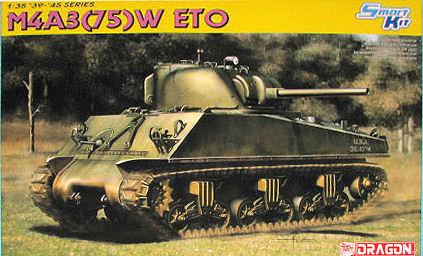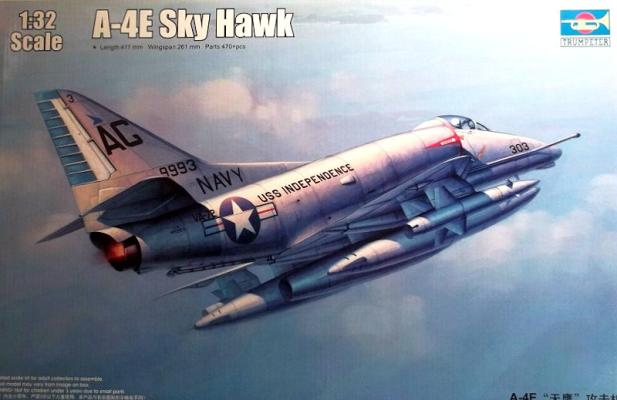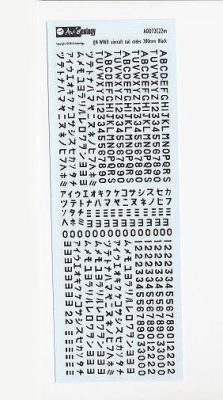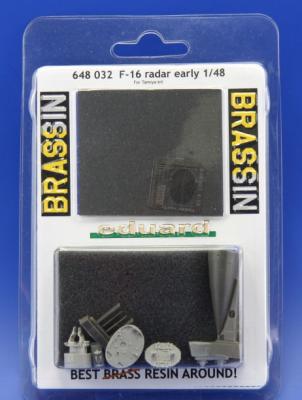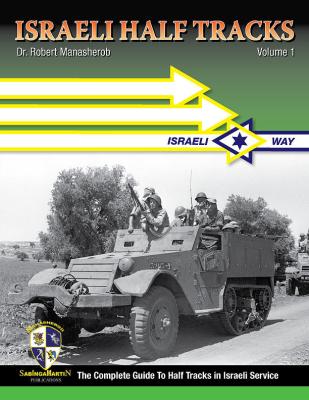History and Performance
I have never been a big follower of the Sherman (and I certainly do not mean to offend anyone), and therefore cannot offer anything new on the history or performance of this medium tank, as it has been addressed many times before. My references were limited to the Internet and the Squadron Signals publication Sherman in Action.
The M4A3 was the major service variant, and was the model chosen for postwar production, and was the most produced of all Sherman variants.











